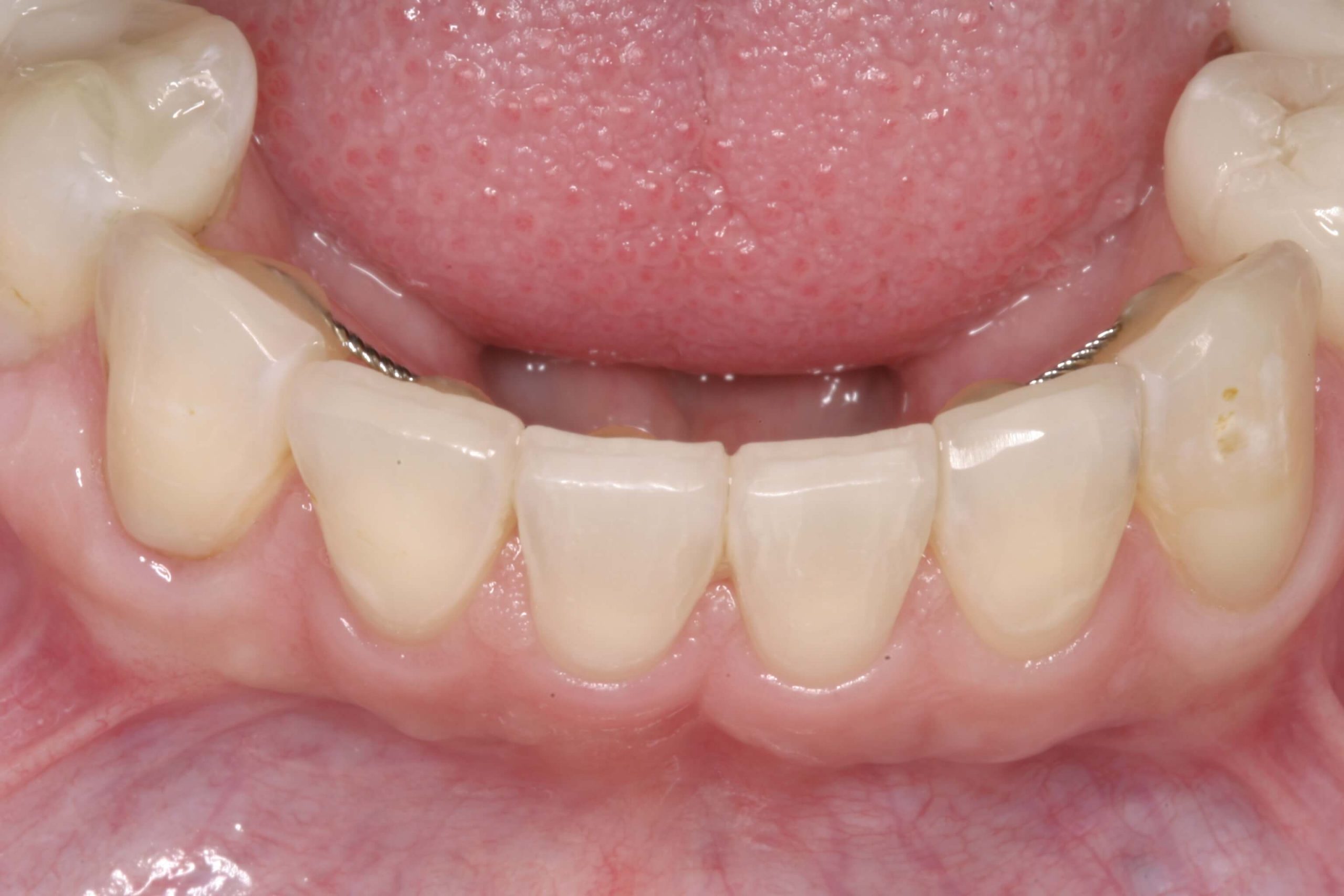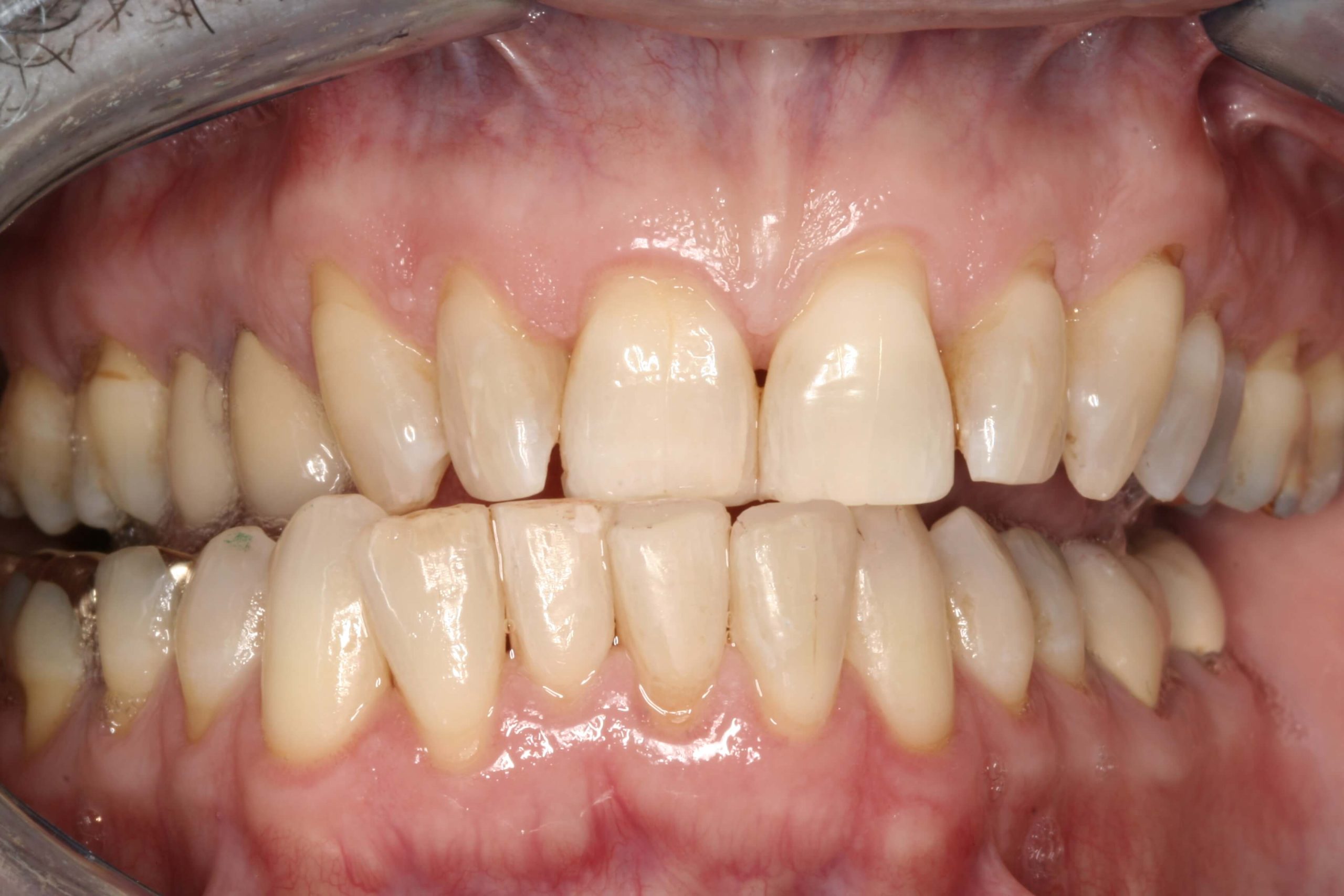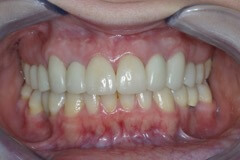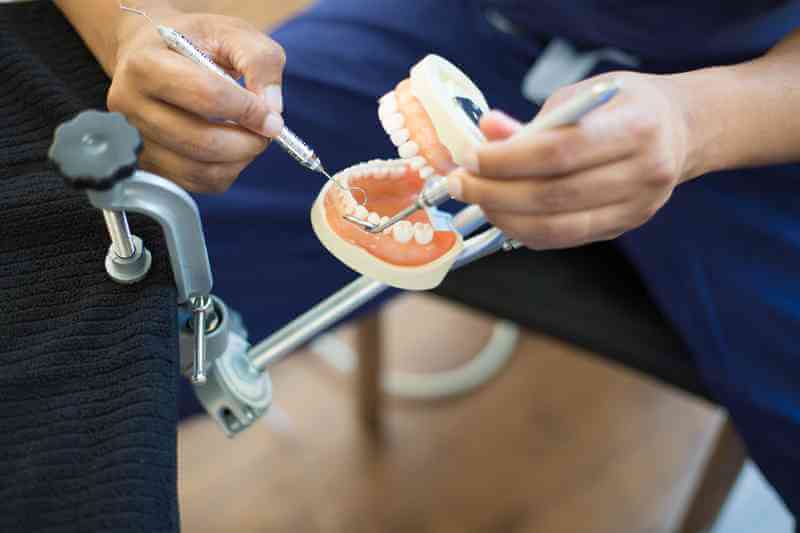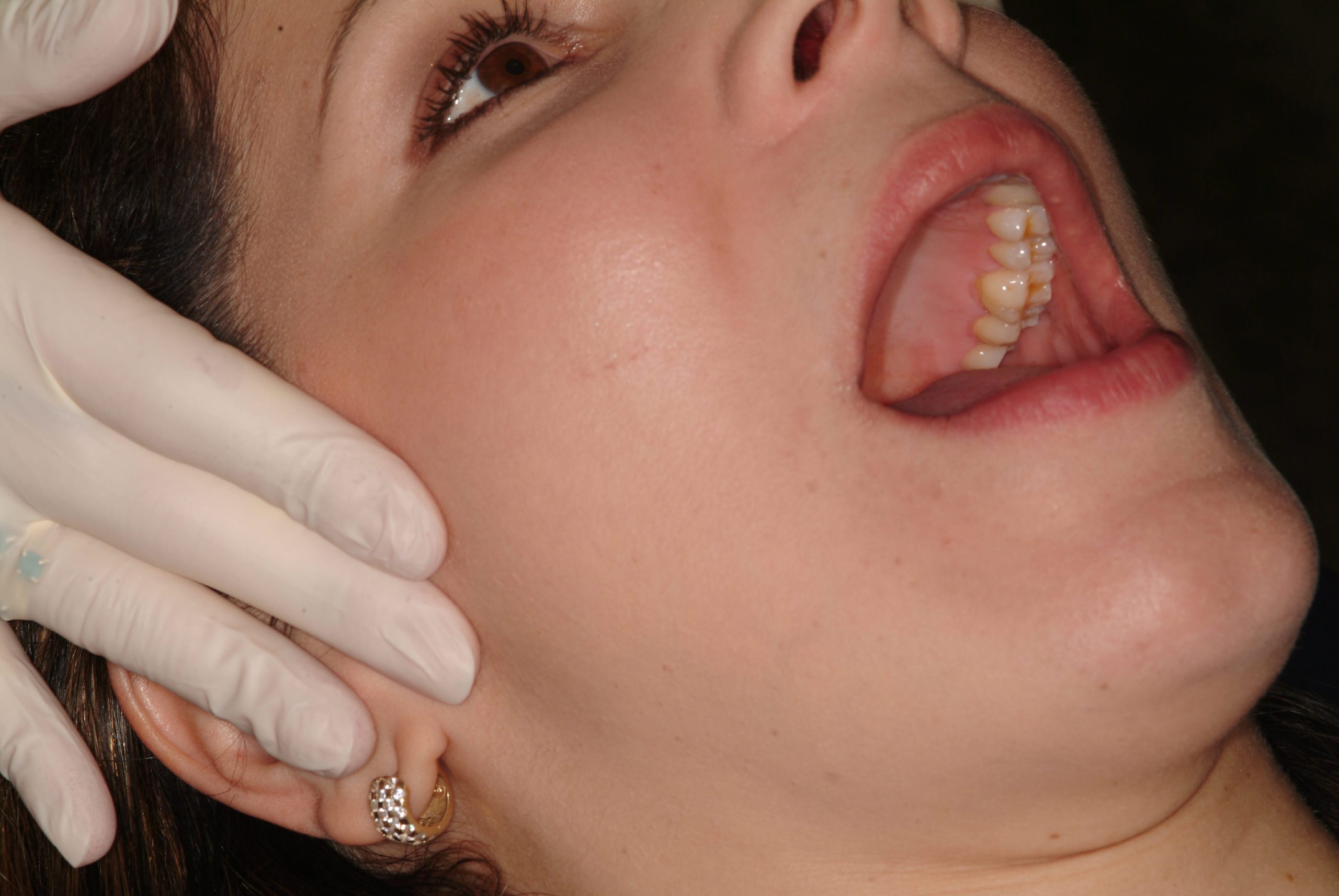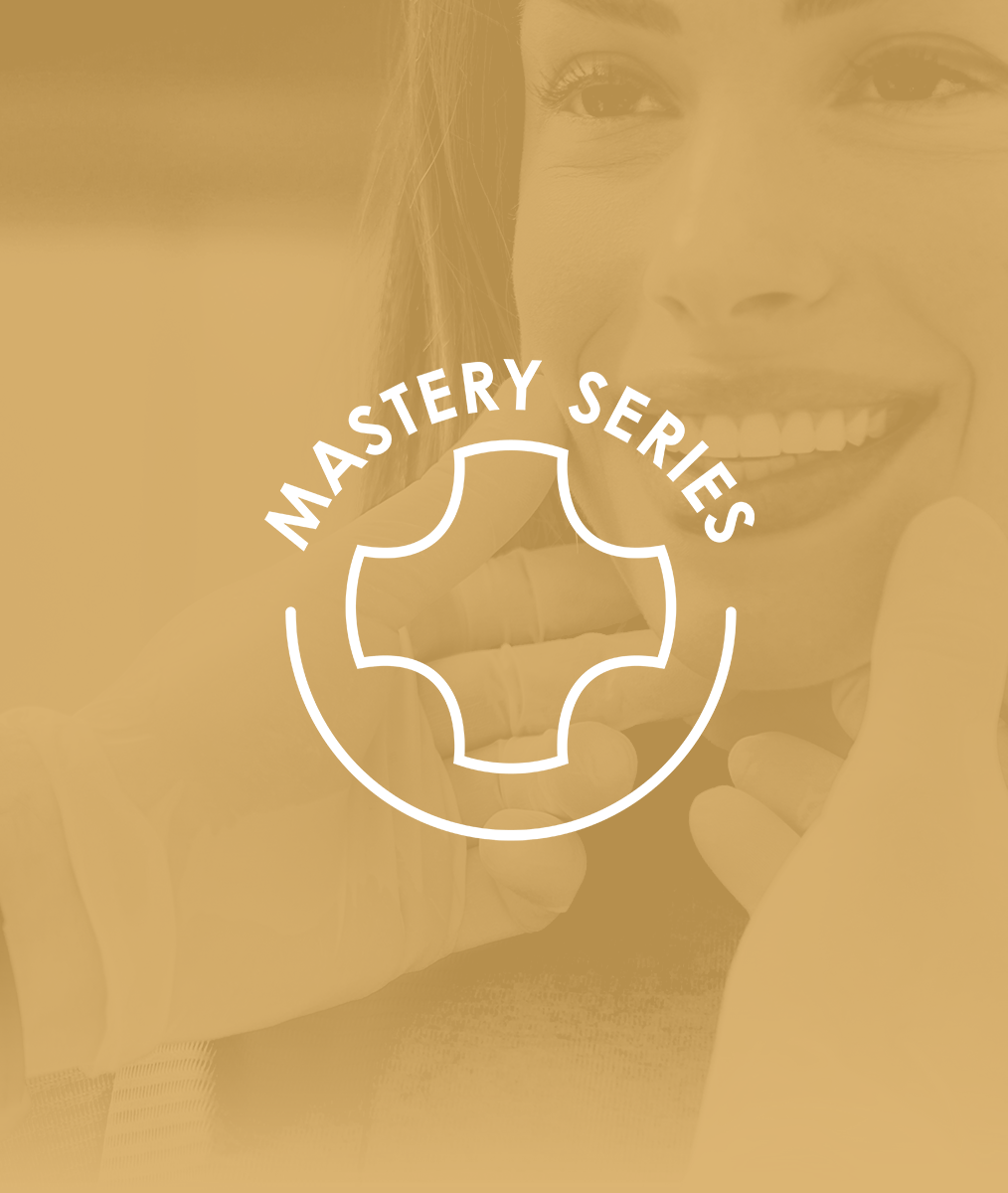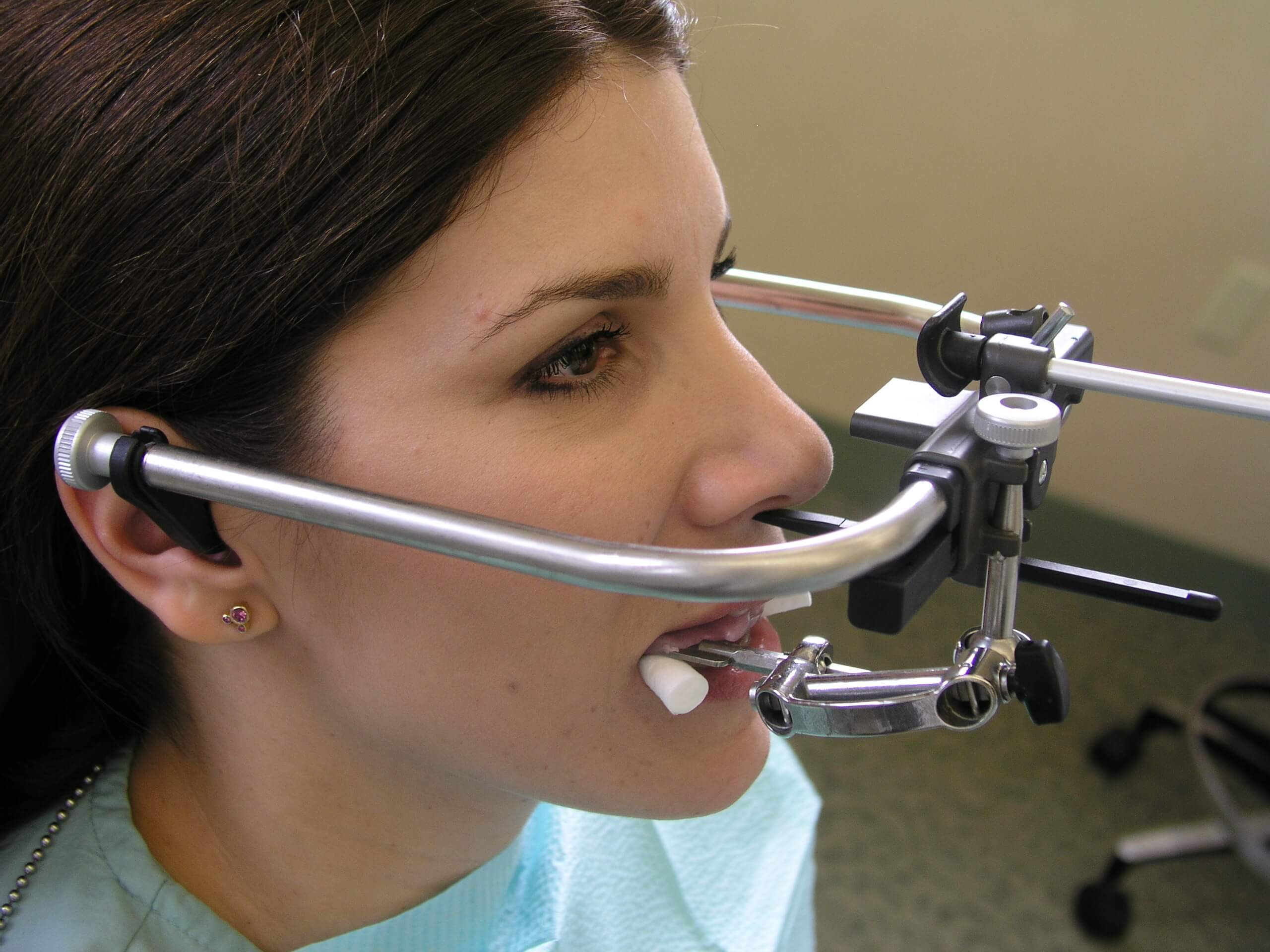Digital Splints Today: Part 1
The new challenge facing us in dentistry is how to incorporate technology into our daily practice. Digital splints specifically are a subject I have been working on for about a year.
We have had the technology available to mill a splint out of acrylic for a few years now. However, we have not had a good protocol that meets all our needs.
Digital Splints: Challenges
Some of the problems we face are as follows:
1) Lack of digital articulators that make all of the movements we are able to with semi adjustable articulators, such as crossover transitions.
2) Absence of centric relation record mountings in software on a computer.
3) No rotational path insertion we can achieve from relines in the mouth.
4) Few materials that are as good or better than we have now.
I believe we are well on our way to solving these issues. The biggest problem I see is something Dr. Pankey was dealing with many years ago. He talked about how the majority of dentists are indifferent to good comprehensive care dentistry. Therefore, most of the manufacturers of our dental equipment and software are catering to a majority that does not share our own clinical demands.
These companies give me answers like, “That sounds great doc but who will I be able to sell that to?” I think we have to find workarounds for now that will encourage development in these technologies. Keep in mind, all of the workarounds I will explain are in line with what we teach at the Pankey Institute.
Digital Splints: Opportunities
We also need systems we can duplicate and teach without compromising the quality of care or experience for patients. I believe there is great potential for higher quality materials and great fitting splints without relines. These two potentials alone can create more value and better experiences for patients.
Today I have a protocol that is some digital and some analog. I intraoral scan our impressions with the TRIOS scanner. I believe most of the scanners on the market today work very well and produce very accurate files that can be printed into models. I also use the TRIOS because it communicates very well with the 3SHAPE units most labs use.
Now that I have files and models I have to mount them. This is our first problem to solve. I still use an analog facebow or facial analyzer. I mount these models on an articulator like the Denar Mark 330 because this is an articulator model programmed into the 3SHAPE software.
To be continued…
Related Course
E2: Occlusal Appliances & Equilibration
DATE: March 23 2025 @ 8:00 am - March 27 2025 @ 2:30 pmLocation: The Pankey Institute
CE HOURS: 44
Dentist Tuition: $ 7400
Single Occupancy with Ensuite Private Bath (per night): $ 345
What if you had one tool that increased comprehensive case acceptance, managed patients with moderate to high functional risk, verified centric relation and treated signs and symptoms of TMD? Appliance…
Learn More>








